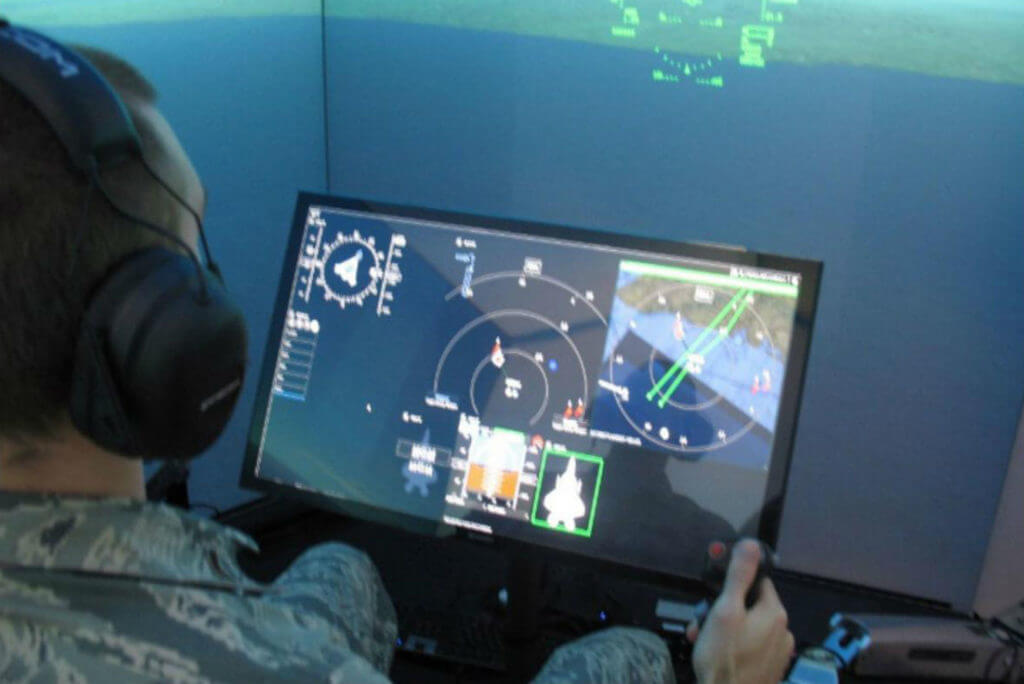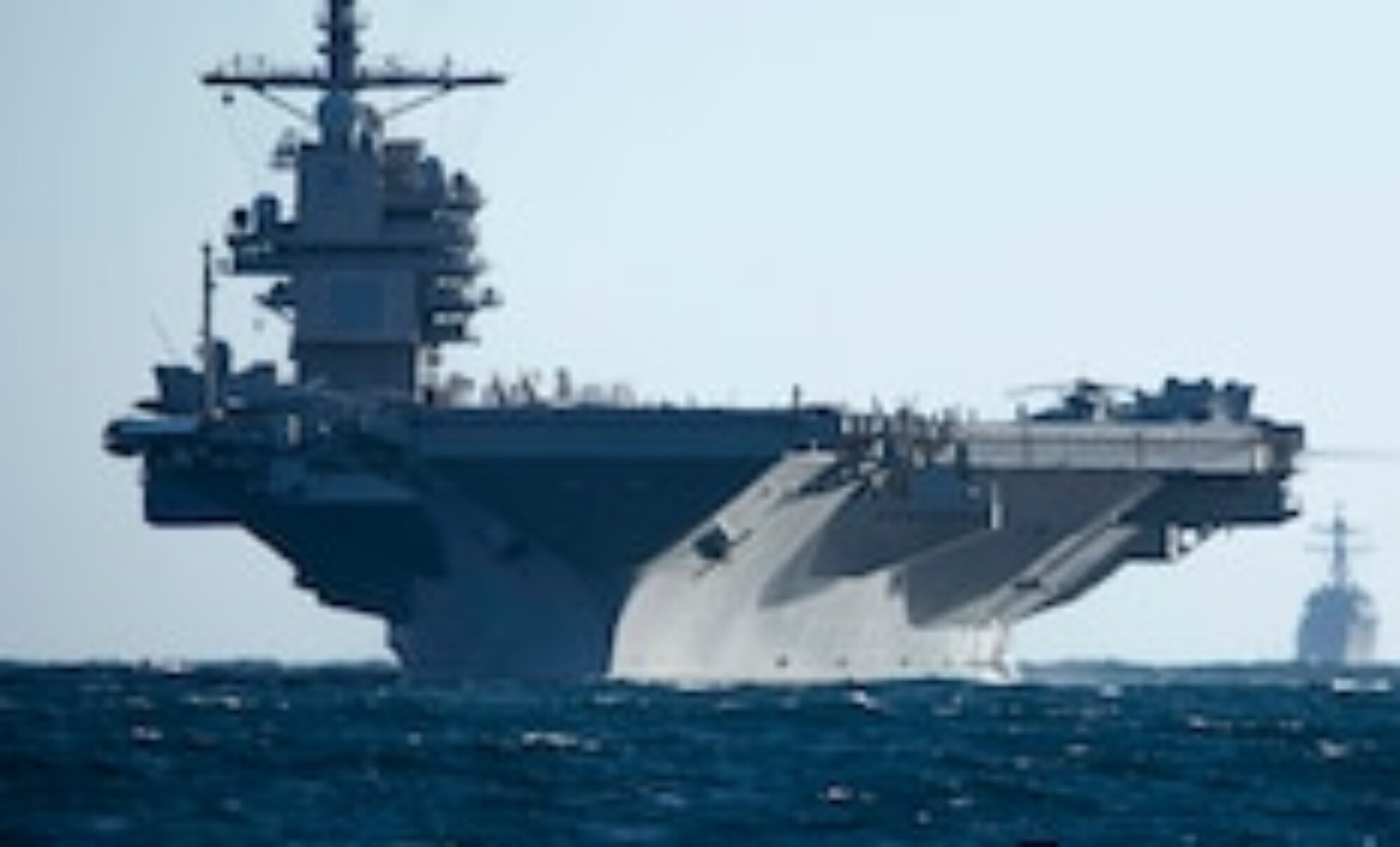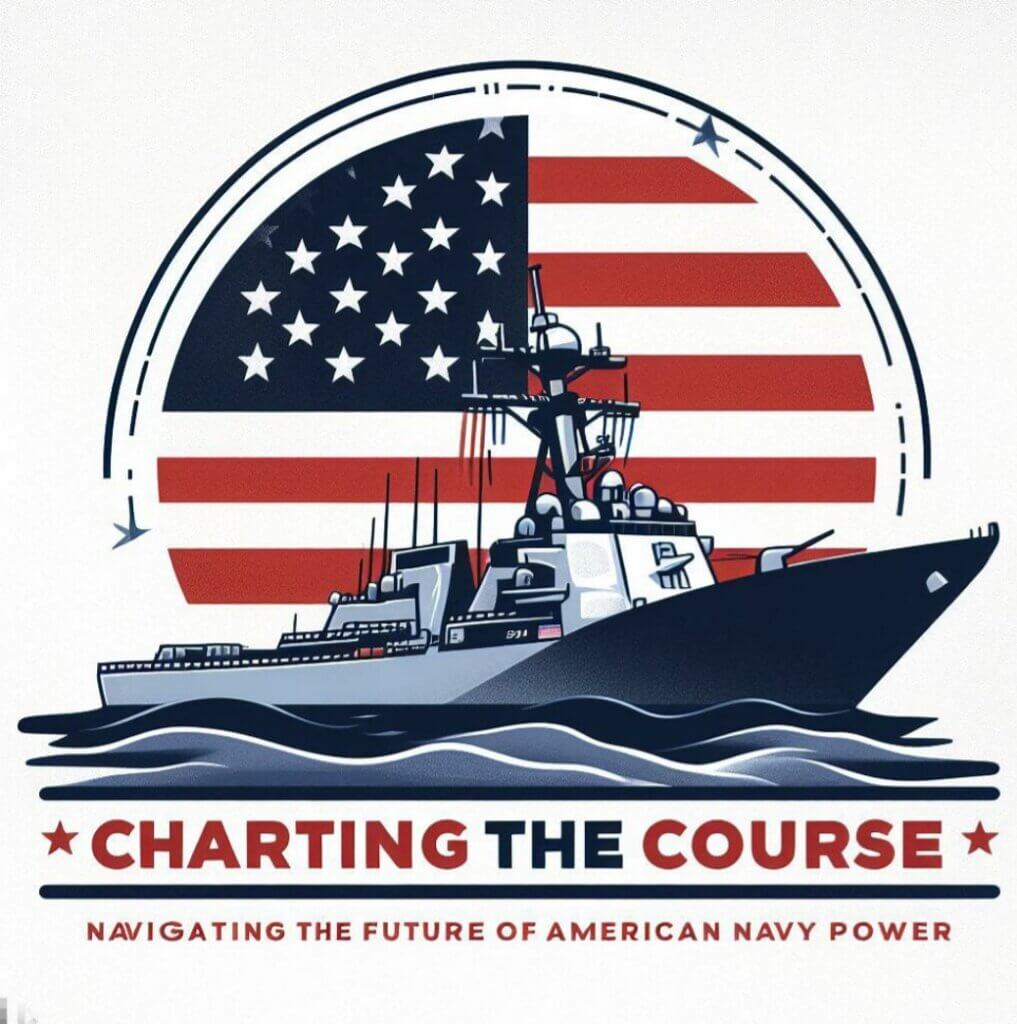
In our ongoing exploration of the future of American Naval power, we’ve already covered crucial topics that lay the groundwork for understanding AI’s role in naval warfare. In Episode 1: AI in Naval Warfare – From Logistics to Combat Strategy: , we examined the necessity of modernizing the Navy’s fleet and adapting shipbuilding strategies to meet contemporary challenges. Following that, Episode 2: Uncrewed Systems: How Drones and Autonomous Vehicles are Changing Naval Tactics delved into the realm of emerging technologies reshaping naval warfare, including groundbreaking initiatives like the Pentagon’s “Replicator.” These discussions set the stage for understanding how AI fits into the broader context of naval innovation and modernization.
Artificial Intelligence (AI) is revolutionizing the landscape of naval warfare and technology. The US Navy, recognizing the immense potential of AI, is integrating it across various domains, enhancing operational efficiency, decision-making processes, and multi-domain operations. This blog post delves into the transformative power of AI in the US Navy, highlighting key applications, opportunities, challenges, and insights from a former Navy captain.
AI Applications in the US Navy
The integration of AI in the US Navy is multifaceted, impacting numerous areas:
- Autonomous Vehicles: AI-powered unmanned surface and underwater vehicles are enhancing surveillance, reconnaissance, and mine countermeasure operations.
- Intelligent Decision Aids: AI systems assist naval officers in making faster and more informed decisions by analyzing vast amounts of data and providing actionable insights.
- Unmanned Systems: Drones and other unmanned systems are increasingly used for tasks that are dangerous, repetitive, or require real-time data analysis.
Opportunities and Challenges
The adoption of AI presents both opportunities and challenges for the Navy:
- Opportunities:
- Enhancing operational efficiency and readiness.
- Fostering multi-domain integration and collaboration.
- Driving innovation in naval technology and warfare strategies.
- Expanding into new domains like underwater, space, and cyberspace.
- Challenges:
- Ensuring data quality and security.
- Addressing ethical and legal concerns.
- Overcoming technical and organizational barriers.
- Competing with AI advancements from foreign rivals, particularly China and Russia.
Insights from a Former Navy Captain
In a recent interview, Captain Sam Tangredi, a former US Navy officer, shared his thoughts on the broad implications of AI for naval operations. Captain Tangredi highlighted the following points:
- Strategic Advantage: AI can provide a significant strategic advantage by improving situational awareness and enabling faster decision-making in critical situations.
- Operational Efficiency: AI reduces the burden on human operators by automating routine tasks, allowing naval personnel to focus on more complex and strategic responsibilities.
- Ethical Considerations: The importance of adhering to ethical principles in AI development and deployment was emphasized, ensuring that AI systems are reliable, safe, and governed appropriately.
Ensuring Responsible AI Adoption
As the Navy embraces AI, it is crucial to ensure responsible adoption:
- Ethical AI: The Department of Defense⁸’s AI Ethical Principles emphasize being responsible, equitable, traceable, reliable, and governable.
- Safety and Governance: Robust measures are in place to ensure AI systems are safe and their deployment is governed by strict regulations.
Conclusion
AI is set to transform naval warfare and technology, providing the US Navy with enhanced capabilities and strategic advantages. However, it is essential to address the associated challenges and ensure the responsible use of AI. By staying informed and engaged with developments in AI, we can support the Navy’s mission to maintain maritime superiority and safeguard national security.
For more insights, tune in to our latest podcast episode where we delve deeper into AI’s impact on the US Navy, featuring an exclusive interview with Captain Sam Tangredi.
.





